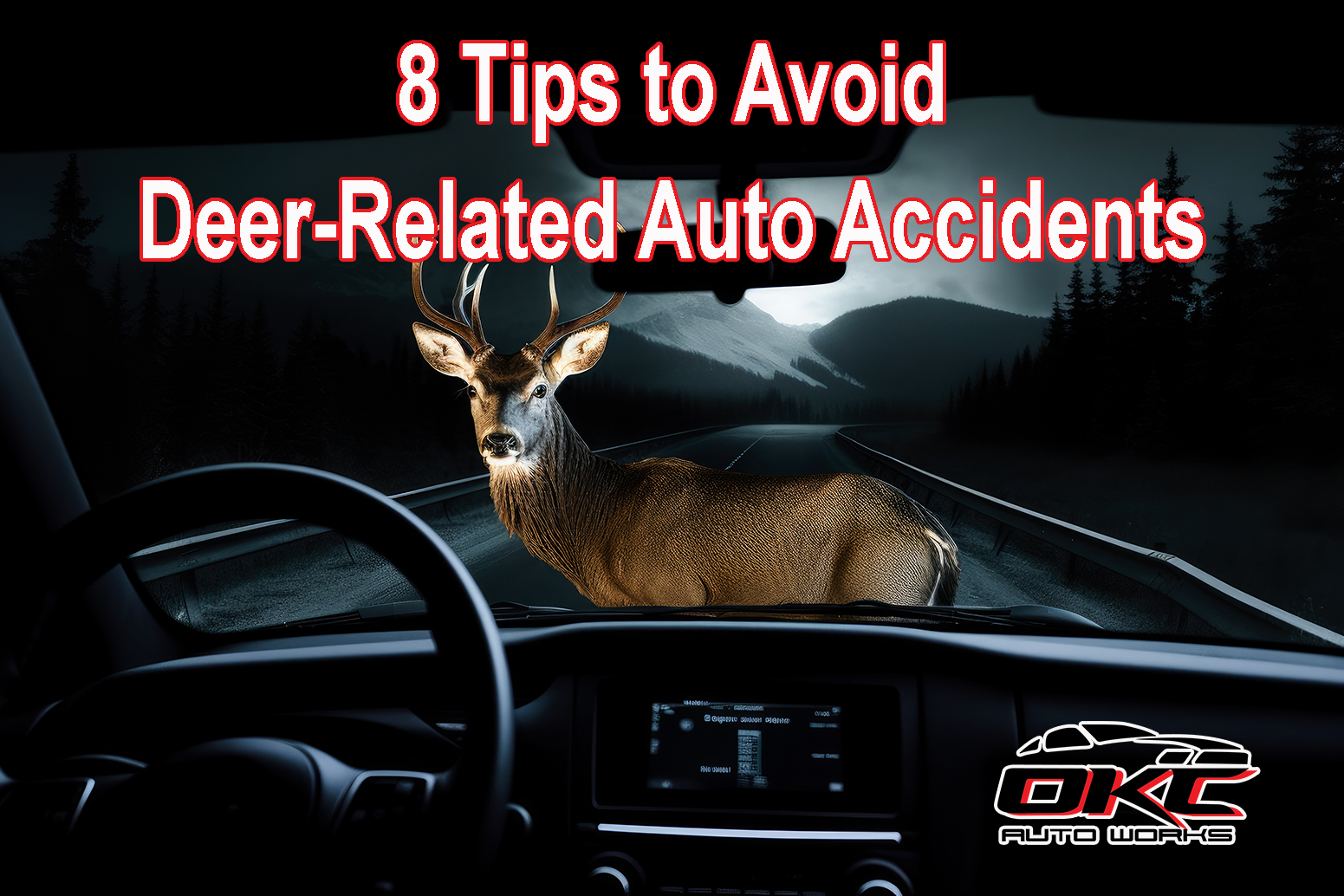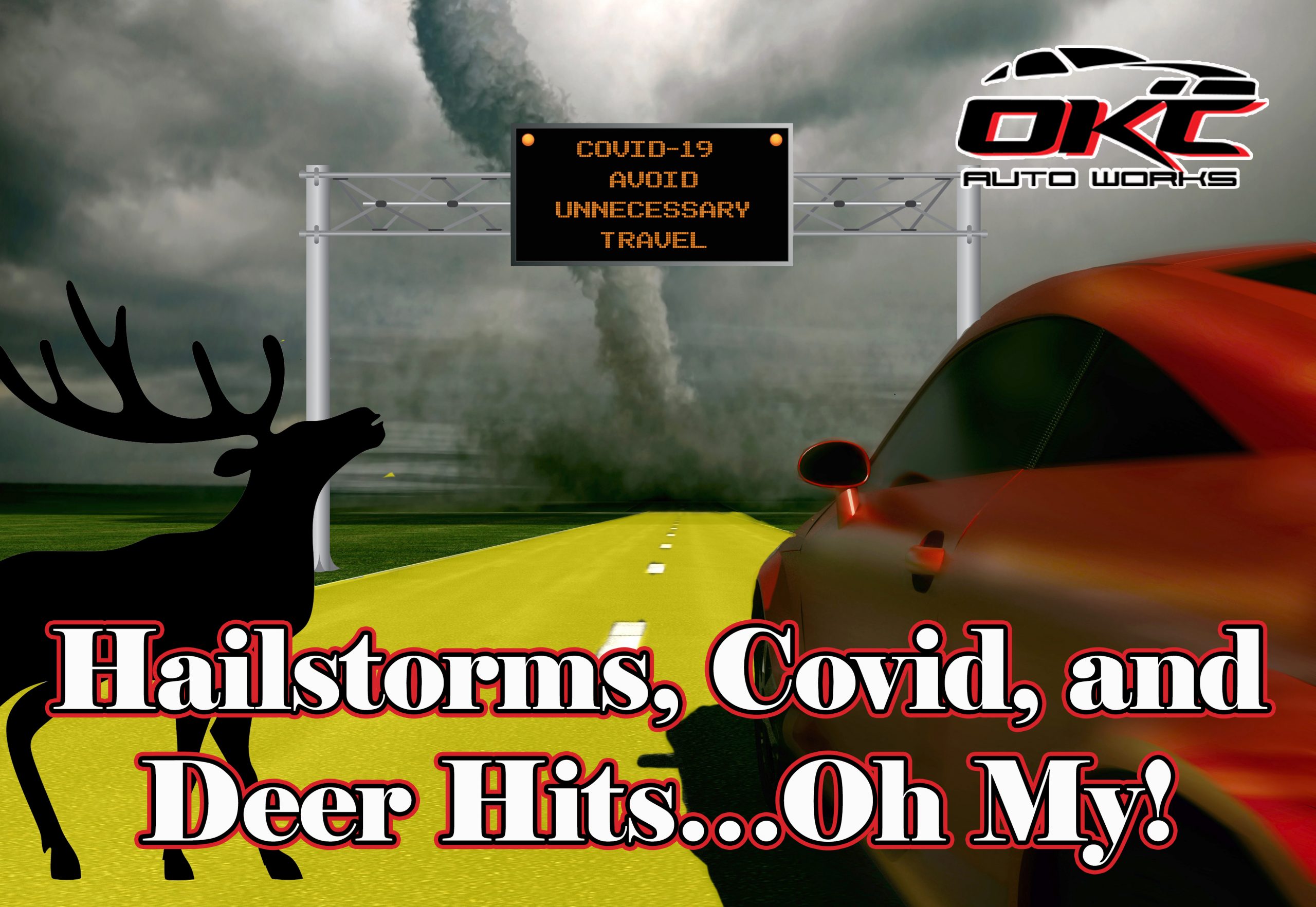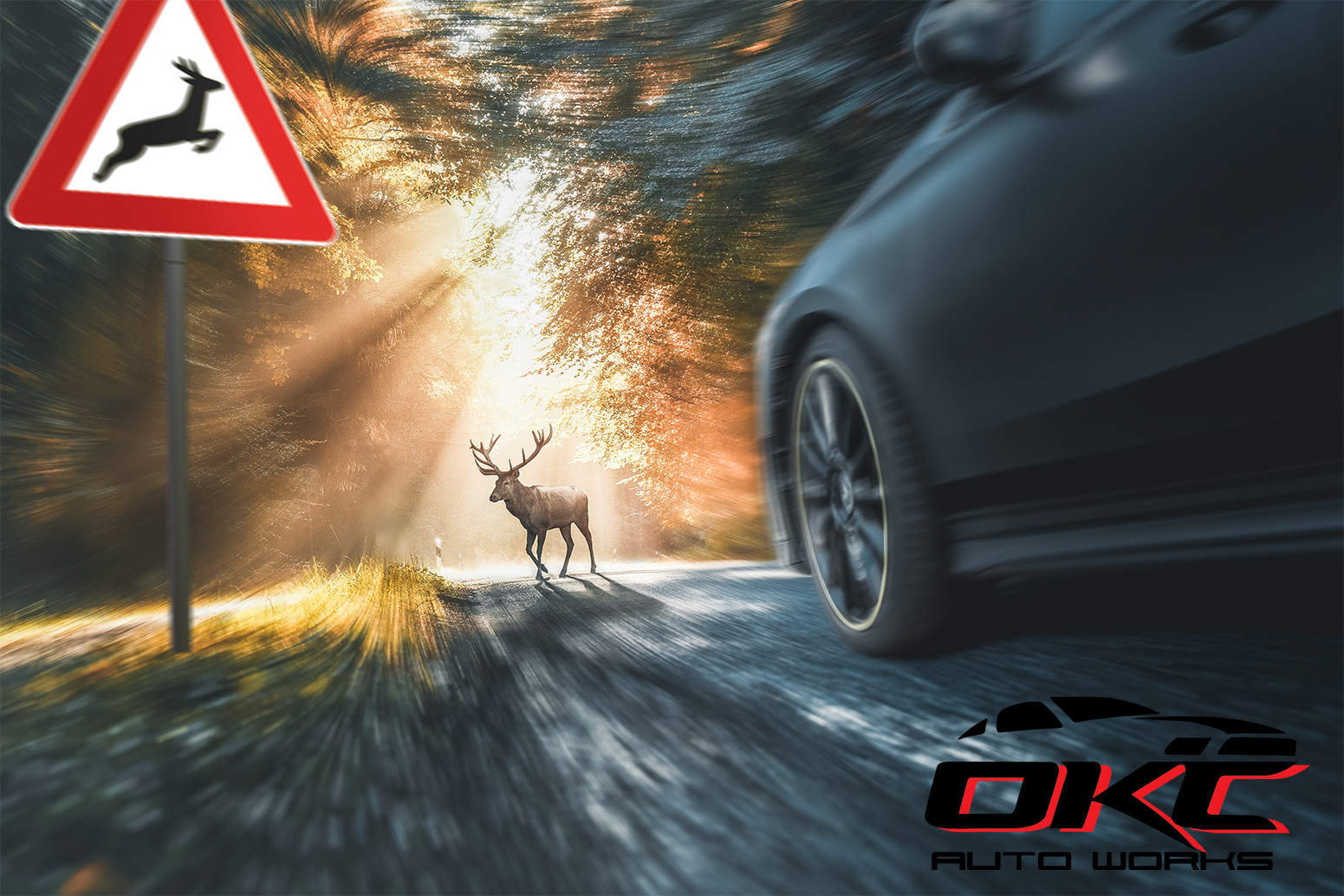Deer-related auto accidents, also known as “deer hits”, are unfortunately common, especially in areas where deer populations intersect with roads and highways. According to the Oklahoma Insurance Department, deer-related auto accidents account for nearly 200 deaths each year and over $3.6 billion in automobile damage. Here are some insights into these accidents and tips on how to avoid them:
Deer-Related Auto Accidents:
- Frequency and Seasonality:
- Deer-related accidents often increase during specific seasons, such as fall and early winter, which coincide with deer mating season and migration patterns.
- High-Risk Areas:
- Rural and wooded areas are more prone to deer-related accidents due to the proximity of deer habitats to roads. However, deer can also be found in suburban and urban areas.
- Dusk and Dawn:
- Deer are most active during dawn and dusk. This is when they are likely to be crossing roads, making these times high-risk periods for collisions.
- Behavioral Factors:
- Deer are unpredictable and may suddenly dart across roads. They often travel in groups, so if you see one deer, be cautious as others may follow.
- Accident Consequences:
- Collisions with deer can result in significant damage to vehicles and pose a risk to the safety of the vehicle occupants.
Tips to Avoid Deer-Related Auto Accidents:
- Be Vigilant, Especially at Dusk and Dawn:
- Increase your awareness when driving during dawn and dusk. Scan the sides of the road for movement and be prepared to react.
- Reduce Speed in Deer-Prone Areas:
- Slow down in areas with known deer activity, especially in rural and wooded regions. Lowering your speed gives you more time to react if a deer appears suddenly.
- Use High Beams When Appropriate:
- When driving in areas with low visibility, such as at night, use high beams to increase your field of vision. However, be considerate of other drivers and switch to low beams when approaching or following vehicles.
- Heed Deer Crossing Signs:
- Pay attention to road signs indicating deer crossing areas. These signs are often placed in areas where deer are known to frequently cross roads.
- Stay in Your Lane:
- If you see a deer on or near the road, brake firmly and stay in your lane. Swerving to avoid a deer can lead to more severe accidents.
- Honk Your Horn:
- If you see a deer on the side of the road, honk your horn to scare it away. This might prevent it from darting into the roadway unexpectedly.
- Wear Seatbelts:
- Always wear your seatbelt. In the event of a collision, seatbelts significantly reduce the risk of injury.
- Be Cautious After Hitting a Deer:
- If you hit a deer, pull over to a safe location, contact the local authorities, and document the incident for insurance purposes. In some cases, injured deer may need attention from wildlife authorities.
By being aware of the risks, adjusting your driving behavior, and staying vigilant, you can reduce the likelihood of deer-related auto accidents. Remember that caution and preparedness are crucial when driving in areas with a higher risk of encountering wildlife.



